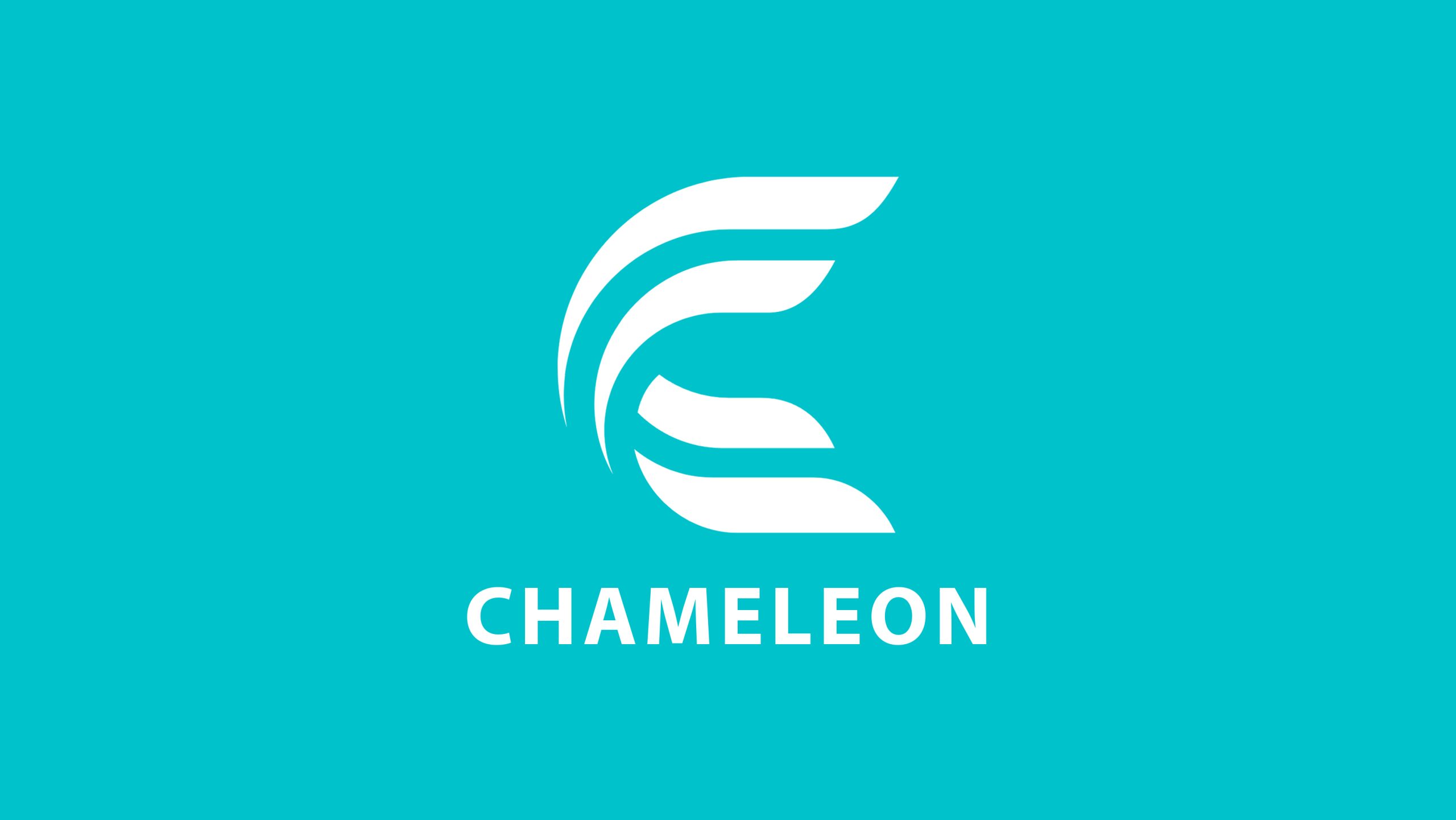Blockchain
Hollywood GFT™ Digital Collectibles find a marketplace in partnership with Greenfence Consumer and OpenSea.io

 Reading Time: 2 minutes
Reading Time: 2 minutes
From Fox Entertainment’s Deadpool 2 to Director Joe Dante’saward-winning “Trailers From Hell”, studio’s and creator’s digital assets are finding their way to the blockchain and are being traded through the GFT Exchange. Announced during Blockchain Week at the Consensus 2019 event in New York, Greenfence Consumer and OpenSea.io have partnered to enable iconic Hollywood intellectual properties to be traded through a decentralized, whitelisted, marketplace. The platform enables fans and collectors of sports, movies, TV, music, game items, art, etc., to trade, sell and purchase assets in a decentralized marketplace, maintaining provenance, security, and trust for the IP owners.
Exchange. Announced during Blockchain Week at the Consensus 2019 event in New York, Greenfence Consumer and OpenSea.io have partnered to enable iconic Hollywood intellectual properties to be traded through a decentralized, whitelisted, marketplace. The platform enables fans and collectors of sports, movies, TV, music, game items, art, etc., to trade, sell and purchase assets in a decentralized marketplace, maintaining provenance, security, and trust for the IP owners.
The GFT Exchange is a decentralized marketplace where iconic IP is managed through both public and private blockchains. The GFT
Exchange is a decentralized marketplace where iconic IP is managed through both public and private blockchains. The GFT Exchange allows for an asset from a private chain to move to public chain and carry any contractual agreements a rights holder places upon the asset through a smart contract. Examples include revenue for IP holders beyond the first sale, promotional or marketing windowing, and other asset rules that allow the IP owner to be able to manage and control the growing business.
Exchange allows for an asset from a private chain to move to public chain and carry any contractual agreements a rights holder places upon the asset through a smart contract. Examples include revenue for IP holders beyond the first sale, promotional or marketing windowing, and other asset rules that allow the IP owner to be able to manage and control the growing business.
OpenSea.io is the first partnership with Greenfence Consumer to enable fans to trade, sell and purchase GFT Authentic Digital Collectibles
Authentic Digital Collectibles .
.
“OpenSea.io has provided a public gateway for our protected private chain distribution of promotional and sell-through Hollywood IP,” says Jonas Hudsonof Greenfence Consumer. “By protecting the “release schedule” of the digital assets we can help studios control digital distribution and protect their assets from fraud while generating a new revenue stream above and beyond the first sale of the asset.
“The GFT platform has been taking a huge leap forward in giving fans true ownership of their digital collectibles.” says Alex Atallah, Co-Founder of OpenSea.io. “Before this, digital assets were hard to verify/value and IP owners weren’t being reliably compensated. Bringing Hollywood assets to the Ethereum public chain on OpenSea is a significant step forward for fixing both problems, and we look forward to seeing more!”
GFT Collectibles From Trailers From Hell
“Trailers From Hell launched over a decade ago during the infancy of mobile content and continues to partner with leaders in new technology advancements,” said Joe Dante, Creator, and Co-Founder of Trailers From Hell. “For over 10 years we’ve created content and the blockchain finally enables a “DRM” solution to create valuable, trusted, collectibles for our fans.”
“Trailers From Hell fans are incredibly loyal and informed film fans,” said Jonas Hudson, Co-Founder of Greenfence Consumer. “The blockchain is the first technology to create trust and transparency for the fanbase and enables a perfect platform for the collectors of all things Hollywood.”
SOURCE Greenfence Consumer
Blockchain
Blocks & Headlines: Today in Blockchain – April 25, 2025 | BitNile, Dutch Blockchain Week, Citigroup, Philippine Blockchain Week, D.O.G.E Foundation

Blockchain’s metamorphosis from niche ledger technology to the backbone of Web3 has never been more evident. Today, we cover five stories that illustrate the evolving ecosystem: a gaming platform issuing its own token on Solana; Europe’s marquee Web3 summit; a major bank forecasting a “ChatGPT moment” for blockchain; a Southeast Asian conference aimed at busting crypto myths; and a foundation rebuilding blockchain from the ground up to solve scalability. Each development—whether product launch, industry gathering, macro forecast, educational initiative, or infrastructure innovation—offers a window into the trends shaping decentralized finance, NFTs, DeFi, and beyond.
1. BitNile.com to Launch Nile Coin on Solana
News Summary
Hyperscale Data’s subsidiary BitNile.com will introduce the Nile Coin on Solana starting May 1, 2025. The U.S.–based social gaming site chose Solana for its high throughput and low fees, aiming to enhance in-game economies, reward engagement, and deliver seamless micro-transactions. Details on tokenomics and governance are forthcoming, but management touts Nile Coin as a cornerstone of future gaming experiences.
Source: CoinTrus
Analysis & Commentary
Launching a proprietary token underscores two converging trends: the gamification of finance and finance-ification of gaming. By minting Nile Coin, BitNile.com taps into DeFi mechanics—staking, liquidity pools, NFT rewards—while leveraging Solana’s scalability. Strategically, BitNile.com positions itself for partnerships with NFT marketplaces and DeFi protocols, potentially opening secondary markets for in-game assets and generating new revenue streams beyond ad sales or subscription fees.
2. Dutch Blockchain Week 2025 Gears Up in Amsterdam
News Summary
From May 19–25, Amsterdam will host the sixth annual Dutch Blockchain Week, culminating in the two-day summit (May 21–22) at De Meervaart. Tier 1 exchanges (Bitvavo, Kraken, Coinbase), Web3 pioneers (WOW.ai, Blockrise), regulators (European Commission, De Nederlandsche Bank), and industry partners (Mastercard, Deloitte) will convene. Side events range from AI-powered hackathons tackling compliance to padel networking meetups—underscoring the event’s blend of technology, policy, and community.
Source: Dutch Blockchain Week
Analysis & Commentary
Dutch Blockchain Week typifies the maturation of blockchain conferences into multidisciplinary forums. Beyond token talk and yield farming, panels on regulation, institutional adoption, and security reflect Web3’s integration into mainstream finance. Anticipate announcements on CBDC pilots, DeFi compliance frameworks, and cross-chain interoperability projects that may emerge from the Block & Order Hackathon.
3. Citigroup Predicts Blockchain’s “ChatGPT Moment”
News Summary
In an April 23 report, Citigroup analysts argue that 2025 could be blockchain’s “ChatGPT moment,” driven by regulatory clarity around stablecoins and integration with traditional financial systems. They forecast stablecoin market capitalization ballooning to $1.6 trillion (base case) or as much as $3.7 trillion (bull case) by 2030—anchored by dollar-denominated issuers and collateralized with U.S. Treasuries. Regulatory frameworks like the GENIUS Act could catalyze adoption among banks and fintechs.
Source: Cointelegraph
Analysis & Commentary
Drawing parallels to generative AI’s explosive growth, Citigroup envisions a tipping point where blockchain moves from experimental to essential infrastructure. Successful integration will hinge on robust compliance tools, auditability, and clear governance models. Enterprise blockchain vendors should prepare for surging demand in tokenized payments, on-chain settlements, and embedded DeFi rails within legacy systems.
4. Philippine Blockchain Week 2025 Debunks Crypto Myths
News Summary
Scheduled for June 10–11 at SMX Convention Center Manila, Philippine Blockchain Week (PBW) 2025 will tackle misinformation and spotlight real-world use cases. Highlights include “Crypto, Unpacked” sessions demystifying the technology; “Smart Regulation” panels uniting policymakers and innovators; and “Blockchain for Impact” showcases on remittances, disaster relief, and digital identity. Founding President Donald Lim emphasizes government support and public–private collaboration to spur inclusive growth.
Source: UseTheBitcoin
Analysis & Commentary
PBW exemplifies how emerging markets leverage education to accelerate Web3 adoption responsibly. By engaging regulators early, PBW can shape balanced frameworks that encourage innovation while protecting consumers—an instructive model for markets wrestling with both hype and skepticism.
5. D.O.G.E Foundation Launches New Blockchain, Opens Seed Round
News Summary
The D.O.G.E Foundation announced a ground-up blockchain rebuild designed to solve the scalability and reliability challenges plaguing existing networks. This modular architecture separates validation from execution to enable parallel transaction processing—targeting real-time gaming, DeFi under high load, and AI-driven applications. A seed funding round is now open to investors who share the vision of a performant, decentralized infrastructure.
Source: D.O.G.E Altcoin GlobeNewswire
Analysis & Commentary
As layer-1 congestion and high gas fees persist, new entrants must justify a “why now” with clear architectural advantages. If the D.O.G.E blockchain delivers real-world throughput and maintains decentralization, it could spur a renaissance of high-performance DeFi protocols and NFT platforms hungry for cost-effective base layers.
Conclusion & Key Takeaways
-
Tokenization of Entertainment: BitNile’s Nile Coin on Solana highlights blockchain’s expansion into gaming economies and NFT reward systems.
-
Convergence of Tech, Policy & Community: Dutch Blockchain Week showcases Web3’s evolution into an ecosystem engaging regulators, enterprises, and developers under one roof.
-
Mainstream Inflection Point: Citigroup’s “ChatGPT moment” thesis suggests blockchain is poised for exponential adoption given regulatory support.
-
Education as Catalyst: Philippine Blockchain Week’s myth-busting curriculum underscores the importance of public–private dialogue in emerging markets.
-
Infrastructure Innovation: The D.O.G.E Foundation’s modular, high-throughput chain exemplifies the next wave of layer-1 networks addressing real-time, real-world use cases.
Today’s stories convey that blockchain’s next chapter will be written through strategic token launches, global convenings, regulatory clarity, educational outreach, and radical infrastructure redesign. By tracking these threads, industry participants can anticipate opportunities in DeFi, NFTs, Web3 games, and enterprise integration. Stay tuned for tomorrow’s Blocks & Headlines, where we’ll continue to decode the innovations shaping decentralized finance.
The post Blocks & Headlines: Today in Blockchain – April 25, 2025 | BitNile, Dutch Blockchain Week, Citigroup, Philippine Blockchain Week, D.O.G.E Foundation appeared first on News, Events, Advertising Options.
Blockchain
Chameleon Finance Launches Green Finance Initiative to Advance Sustainable Digital Asset Infrastructure
Blockchain
Ov Finance Upgrades Blockchain Infrastructure to Deliver Faster, Safer Digital Asset Trading
-
Blockchain6 days ago
Islamic finance Market to Reach $3.4 Trillion by 2027 in the short run and $7.7 Trillion by 2033 Globally, at 12.0% CAGR: Allied Market Research
-

 Blockchain5 days ago
Blockchain5 days agoBlocks & Headlines: Today in Blockchain – April 22, 2025 (Activity‑Weighted Consensus, Pectra Upgrade, Yoki Legacy, Verae–Evercycle, Earth Day)
-

 Blockchain3 days ago
Blockchain3 days agoBlocks & Headlines: Today in Blockchain – April 23, 2025 – EDPB, Binance, MicroCloud, Nile Coin, TruaBroker
-

 Blockchain2 days ago
Blockchain2 days agoBlocks & Headlines: Today in Blockchain – April 24, 2025 (Decrypt, CoinDesk, Cointelegraph, 80 Level, UNDP/BGA)
-

 Blockchain3 days ago
Blockchain3 days agoBlaqclouds Board Approves 30-Day Revenue Acceleration and Ecosystem Monetization Plan
-

 Blockchain Press Releases6 days ago
Blockchain Press Releases6 days agoIntroducing Clementine Bridge: Citrea Deploys First Complete BitVM Bridge Design on Testnet
-

 Blockchain Press Releases4 days ago
Blockchain Press Releases4 days agoCompass Mining Partners with NiceHash to Provide Discounted Pool Fees to Customers
-

 Blockchain Press Releases3 days ago
Blockchain Press Releases3 days agoBlockchain for Good Alliance Launches Global Accelerator and Fund with UNDP








































